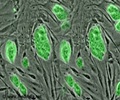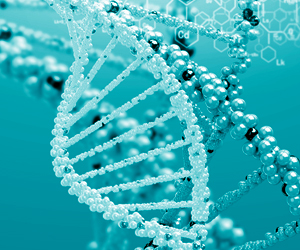Researchers at Massachusetts Institute of Technology (MIT) have created a new, highly efficient way to pair up cells so that they can be fused together into a hybrid cell.
Researchers at Massachusetts Institute of Technology (MIT) have created a new, highly efficient way to pair up cells so that they can be fused together into a hybrid cell.
The technique, which resulted from collaboration between Joel Voldman, associate professor of electrical engineering and computer science, and Rudolf Jaenisch, professor of biology and a member of the Whitehead Institute, might make it a lot easier for scientists to study what happens when two cells are combined.For instance, fusing an adult cell and an embryonic stem cell may help researchers study the genetic reprogramming that occurs in such hybrids.
The scientists have developed a simple but ingenious sorting method, which can boost the rate of successful cell fusion from around 10 percent to about 50 percent.
The technique also facilitates thousands of cell pairings at once.
Voldman said that despite the presence of cell fusion techniques in research, there were many technical limitations involved in the process.
And one of the biggest hindrances was how to get the right cells to pair up before fusing them, the researcher added.
Advertisement
On the other hand, the cell-trapping cups on the new sorting device are arranged strategically to capture and pair up cells of different types.
Advertisement
After the cells are trapped, liquid is flowed across the chip in the opposite direction, pushing the cells out of the small cups and into larger cups across from the small ones. Once one A cell is in each large cup, type B cells are flowed into the large cups. As each cup can only hold two cells, thus each ends up with one A and one B.
After the cells are paired in the traps, they can be joined together by an electric pulse that fuses the cell membranes.
Besides helping with studies of stem cell reprogramming, the new method could help to study interactions between any types of cells.
"It's a very general type of device," Nature magazine quoted Voldman as saying.
The study has been published in the online edition of the journal Nature Methods.
Source-ANI
SRM









